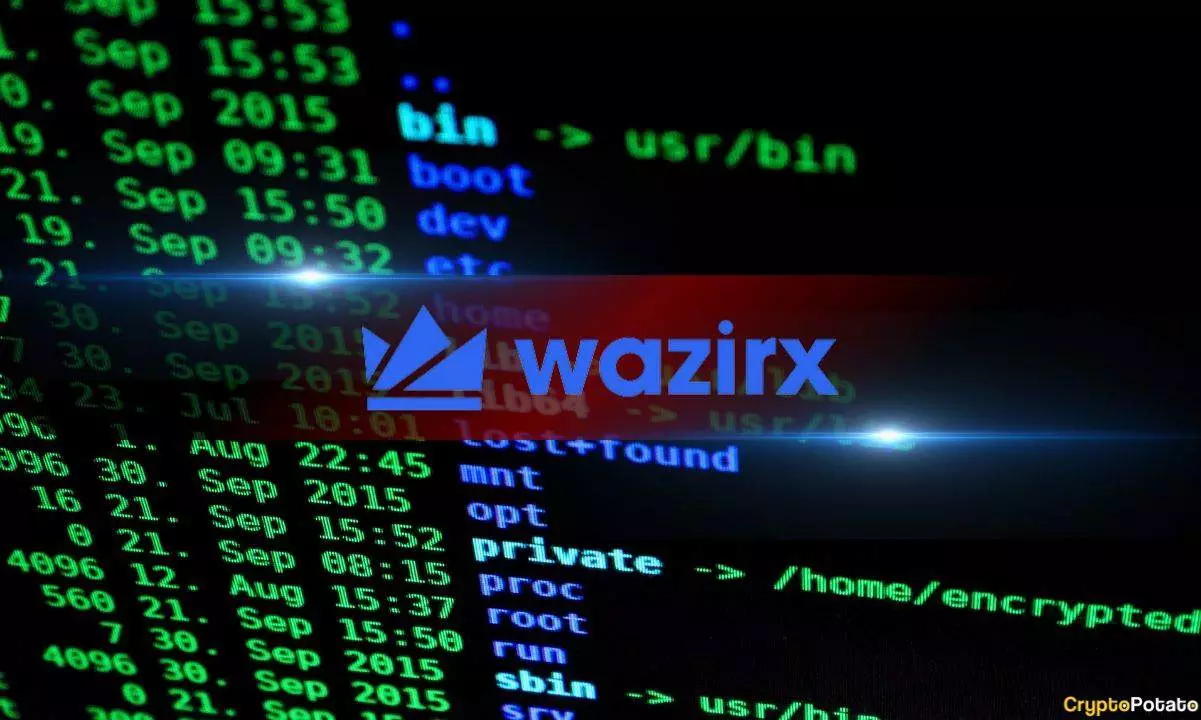In a groundbreaking development in the investigation surrounding one of the most significant cyberattacks on the WazirX cryptocurrency exchange, reports indicate that Indian police have apprehended a suspect. This event marks a notable step forward following a bewildering incident that transpired nearly four months ago, wherein more than $230 million in cryptocurrency was misappropriated. The apprehension of SK Masud Alam, the suspect in question, might be the first glimmer of justice in a case that has raised numerous questions about cyber security protocols in the crypto world and the organizational structures behind major exchanges.
According to sources, the capture took place in East Midnapore, West Bengal, where Alam allegedly operated under the alias “Souvik Mondal.” This interplay of mistaken identities and digital deceptions is emblematic of the complexities embedded within the cryptocurrency realm. The investigation has unveiled a series of exchanges and aliases leading back to the high-stakes theft at WazirX, which sits at the crossroads of innovation and vulnerability.
The intricate workings behind this theft reveal grave lapses in operational protocols, not just within WazirX but also from Liminal Custody, the firm responsible for safeguarding the exchange’s crypto-assets. Law enforcement officials have expressed frustration over the lack of cooperation from Liminal Custody during the investigation. Despite numerous requests for information that could potentially illuminate the attack’s pathways, the custodian’s responses have been lackluster, raising critical questions about their commitment to client security and operational transparency.
Investigation reports allege that the perpetrators first compromised the platform’s hot wallet before attempting to breach its cold storage wallet – a process usually fortified by stringent security measures due to the offline nature of such storage. The notion that even a cold wallet could be vulnerable is concerning and emphasizes the need for exchanges to constantly refine their security measures.
To advance their investigation, the authorities confiscated three laptops associated with the key signatories of WazirX’s multi-signature wallets. These devices are thought to hold significant insights into the ill-fated transaction trail. As detectives delve deeper into the technical intricacies, it remains imperative to unravel how these critical wallets were manipulated or circumvented during the attack. The complexities involved speak volumes about the sophistication required to execute such a high-profile crime in the rapidly digitizing world of cryptocurrency.
Moreover, the collaboration between law enforcement and blockchain forensic experts has been pivotal. WazirX reportedly provided substantial data, including comprehensive transaction logs and know-your-customer (KYC) details, to aid in understanding the full scope of the breach. Such cooperation is crucial for piecing together the events that led to the attack, emphasizing the necessity for exchanges to implement and maintain robust record-keeping practices.
The investigation’s scope expands beyond borders, as allegations surfaced linking the attack to North Korean hacking groups, notably the infamous Lazarus Group. This group has become synonymous with advanced cybercrimes, reportedly stealing over $3 billion from the global crypto community within the past six years. If these attributions hold true, it underscores a pressing concern for the entire cryptocurrency ecosystem: the ease with which hostile nations can exploit gaps in security for economic gain.
Renowned blockchain analysts and experts have pointed towards distinct patterns linked to North Korean cyberactivity, forming a chilling narrative around the potential for state-sponsored cyber warfare within the cryptocurrency market. The WazirX breach thus may serve as a telling indicator of broader vulnerabilities faced not just by isolated exchanges but by the entire decentralized finance ecosystem.
The arrest of SK Masud Alam is merely a chapter in what is destined to be a prolonged narrative surrounding cyber security in the cryptocurrency sector. As investigations unfold, the onus falls on exchanges and custodians to reassess their security frameworks robustly. The WazirX incident is not just a cautionary tale of fraud but a clarion call to rethink and reinvent security measures to protect customers’ assets and restore trust in an industry marred by high-profile breaches.
Moving forward, vigilance, transparency, and reform will be crucial in safeguarding against future incidents. The lessons learned from this incident must resonate across the crypto landscape, urging all stakeholders to prioritize security amidst an ever-evolving digital frontier.













Leave a Reply